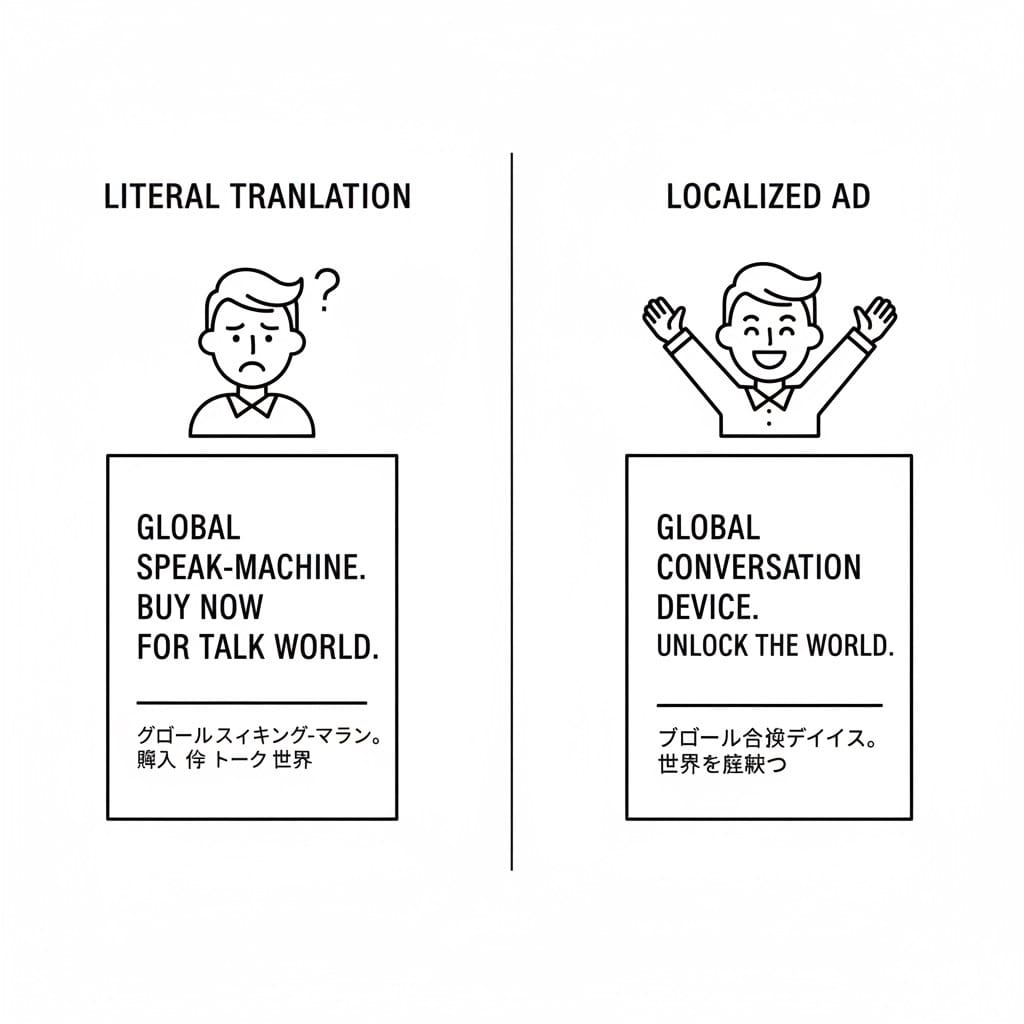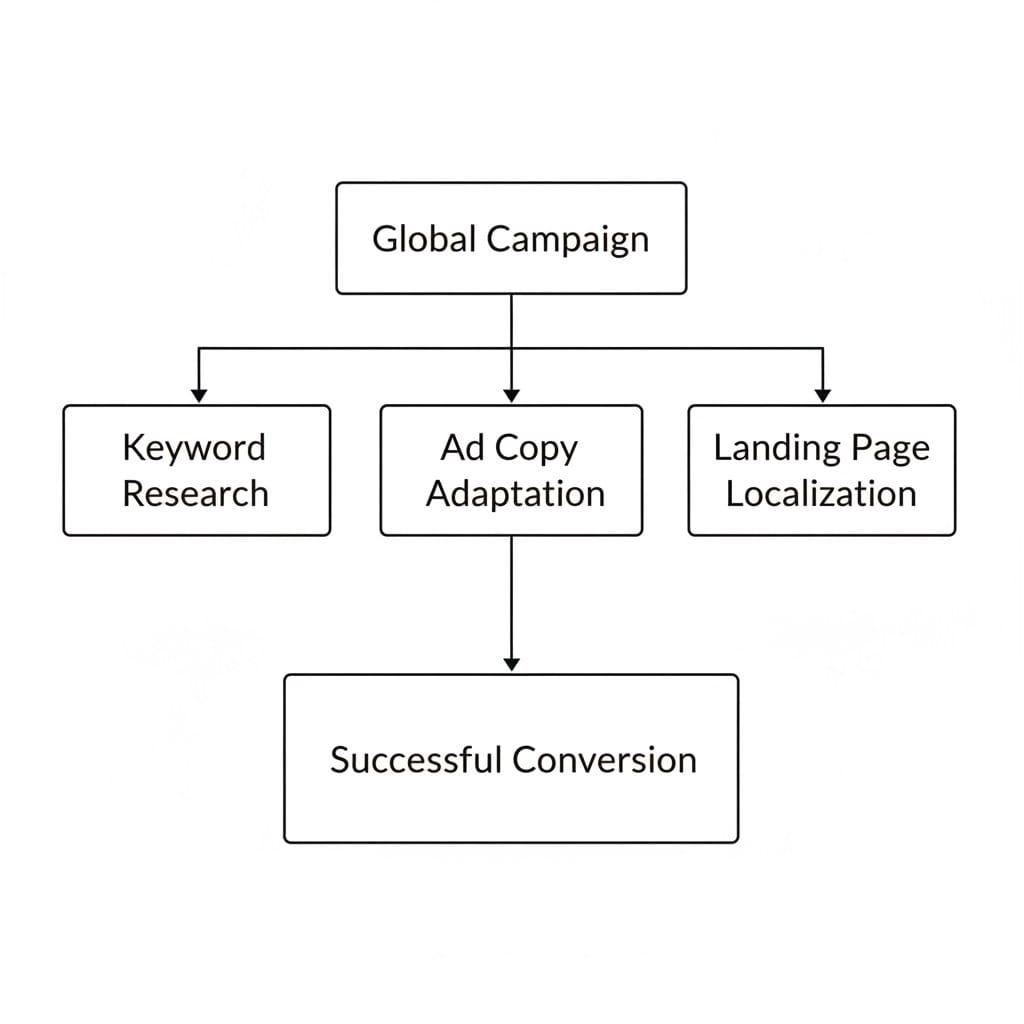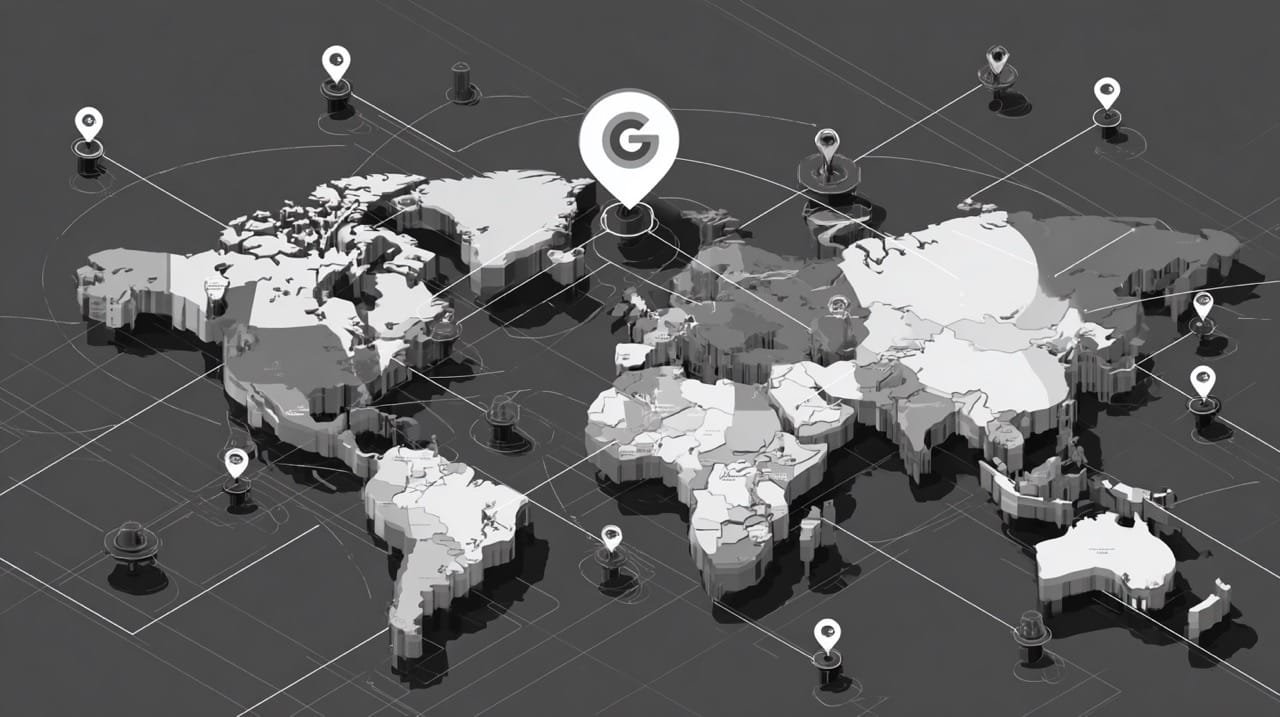Expanding a business into new markets is a big step, and a well-executed Google Ads campaign can be one of the most effective ways to get in front of a new target audience. However, simply running your existing ads in a new country is a recipe for wasted ad spend. Without a proper localization PPC strategy, you risk missing the mark with potential customers, which in turn can lead to a rather low return on investment. Here are a few Google Ads localization strategies and tips to help you localize your message and target the right people in the right places.
Does Google Ads Location Targeting Really Matter?
When you use Google to run a PPC ads campaign, you have the power to decide exactly where your ads are displayed. This precision is what makes Google Ads such a powerful tool for both a local business and a global enterprise. By focusing your efforts on a specific geographic area, you can tailor your messaging to a local audience, which can significantly improve the efficacy of your ad campaign.

Targeting in Google Ads allows you to concentrate your budget on the areas that matter most to your business. Whether you want to target an entire country, a specific city, or even a zip code, Google Ads gives you the flexibility to do so. This level of control helps you reach local customers who are more likely to be interested in your product or service. A well-structured targeting strategy can lead to a higher click-through rate, better quality score, and ultimately, a greater ROI.
Fine-Tuning Your Local Campaign
To get the most out of your Google Ads campaign, you need to fine-tune your location targeting. One effective technique is radius targeting, which allows you to set a radius around a specific location, such as your storefront or a competitor’s location. This is particularly useful for a local business looking to attract nearby local customers. You can target people within a certain distance so that your ads reach those most likely to visit your establishment.

Another important aspect of targeting is understanding the difference between “people in, or regularly in, your targeted locations” and “people searching for your targeted locations.” Your choice here will depend on the nature of your business. For example, a local restaurant will want to target people physically present in the area, while a hotel will want to attract out-of-towners planning a trip. Properly configuring these settings is important for optimizing campaigns and avoiding wasted ad spend on an irrelevant audience.
Target Language Keyword Strategy
A successful local PPC campaign goes beyond choosing a geographic location. It takes an understanding of the local market, including cultural nuances and language. Your keyword strategy should therefore be adapted to the target language, as direct translations often fail to capture the user’s intent. Using tools like Google Translate can be a starting point, but for a really effective campaign, it’s better to work with native speakers to make sure your local keywords are on point.
Your ad copy and landing page should also be localized. English ads shown to a non-English speaking audience will likely have a low conversion rate, so it’s worth taking the time to create compelling ad copy in the local language that speaks directly to the target market.

Similarly, landing pages should be fully localized so as to provide a seamless user experience from the moment someone clicks on your ad. This signals to potential customers that you understand and value their business.
Using Location Extensions for Your Google Ads Localization
Location extensions are another powerful feature in Google Adwords that can enhance the performance of your local campaign. They allow you to show ads with an address, a map to your location, or the distance to your business. This information makes display ads more relevant to users searching for local products or services, and it can also help you stand out from local competitors.
To make the most of location extensions, link your Google Ads account to your Google Business Profile. This allows Google Ads to automatically pull in your business information so it’s always up to date. For brick and mortar businesses in particular, a Google My Business profile is a great tool for local SEO that nicely complements a paid search strategy. When people see your ad, they’ll have all the information they need to find you, which can lead to more foot traffic and, ultimately, more sales.
Google Ads Localization Best Practices for Global Campaigns
When you’re targeting multiple locations, a one-size-fits-all bidding strategy is rarely effective. Different local markets will have varying levels of competition, which will affect the cost per click. To optimize your ad campaign, consider setting up separate ad groups based on location. This lets you tailor your bid and budget to each target market, so you’re not overspending in less competitive areas or missing out on opportunities in more valuable ones.
Finally, the success of an international ad strategy hinges on careful monitoring and analysis. Using Google Analytics in conjunction with Google Ads offers valuable insights into how users from different locations are interacting with your website. Look for patterns in search terms and user behavior to identify opportunities for further optimization. A data-driven approach helps you make informed decisions for continuous improvement, and a successful Google ad campaign is one that’s constantly being tested and refined.
